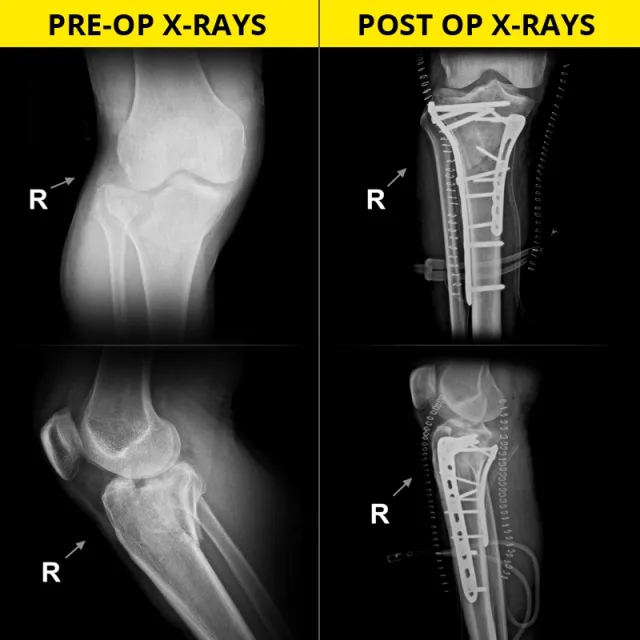Pain in Right Leg

Pain in the right leg can occur for a variety of reasons. These include varicose veins, a cancerous tumor, and Chemotherapy-caused neuropathy. Fortunately, many treatment options are available for pain in the right leg. Read on to learn more. If you're concerned about the source of your pain, consult your doctor.
Varicose veins
Varicose veins are unsightly, twisted veins that often occur in the legs. They are painful and may lead to other, more severe problems. They are also a source of embarrassment. In some people, the condition is accompanied by spider veins, which are tiny, blue, or red veins. Both conditions are caused by increased blood pressure in the veins.
Often, medical treatments can reduce leg swelling and relieve varicose vein symptoms. Some treatments involve injections of chemical or saline solutions into the veins. These injections usually cause the veins to close and no longer carry blood. Another procedure uses lasers or radiofrequency energy to destroy the vein wall. There are also more complex surgical treatments, such as microphlebectomy, which uses special tools to remove the vein.
Cancerous tumors
Bone tumors on the right leg are rare but can be painful. They can grow on the surface of the bone near the joint. If you have this type of tumor, you should be examined by your doctor. If the tumor is painful, it may require surgery. If your doctor determines it is cancerous, you may have the tumor removed and a bone graft taken from another part of your body.
Depending on the cancer stage, the tumor may need to be removed or the entire leg may need to be removed. Surgical treatment will also include chemotherapy or radiation therapy. Radiation therapy is a treatment used to shrink and destroy tumors, often combined with surgery. A surgeon may also perform limb-salvage surgery to remove the tumor, but this treatment is only appropriate in rare cases. Other options may include using artificial implants or donor's bone to replace the removed bone.
Chemotherapy-caused neuropathy
Chemotherapy can cause peripheral neuropathy, which affects the nerves in your legs and arms. This condition can result in numbness, muscle weakness, loss of balance, and difficulty walking. In addition, it can cause pain accompanied by tingling, weakness, and increased sensitivity to heat or cold.
It's important to follow your doctor's advice when it comes to your treatment for peripheral neuropathy. In particular, make sure your oncologist is aware of any unusual feelings and let them know if they occur. You may need to adjust your chemotherapy treatment plan if the problem persists. Some doctors may recommend a lower-dose chemotherapy treatment or even stop the treatment. Talk with your doctor if you're experiencing numbness, tingling, weakness, or pain in the right leg.
Peripheral artery disease
Peripheral artery disease causes pain in the muscles in the leg. Symptoms vary, from mild cramping to severe pain. Muscle pain occurs during exercise or rest, and most people experience pain in the calf. Severe leg pain can make walking difficult and can even interfere with sleep. People can temporarily relieve pain by hanging their legs over the edge of the bed or by walking around the room.
Symptoms of PAD vary depending on the number of affected arteries, the severity of pain, and walking speed. The location of the pain is also a factor. The pain in the groin is usually due to the narrowing of vessels in the groin area. However, the pain can also be felt in vessels above the groin.



